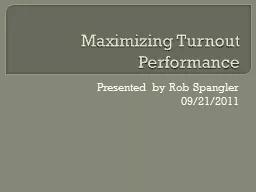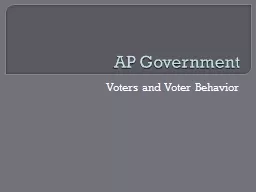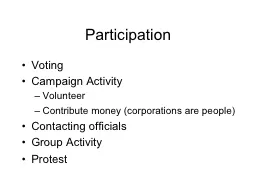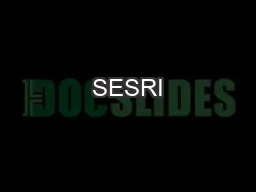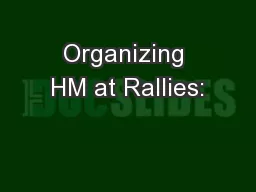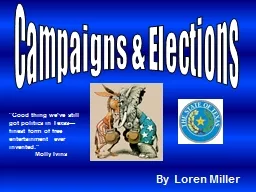PPT-Maximizing Turnout Performance
Author : phoebe-click | Published Date : 2016-08-01
Presented by Rob Spangler 09212011 Performance is Mechanical Electrical Performance varies by brand Brands I have used Atlas Shinohara Walthers Micro Engineering
Presentation Embed Code
Download Presentation
Download Presentation The PPT/PDF document "Maximizing Turnout Performance" is the property of its rightful owner. Permission is granted to download and print the materials on this website for personal, non-commercial use only, and to display it on your personal computer provided you do not modify the materials and that you retain all copyright notices contained in the materials. By downloading content from our website, you accept the terms of this agreement.
Maximizing Turnout Performance: Transcript
Download Rules Of Document
"Maximizing Turnout Performance"The content belongs to its owner. You may download and print it for personal use, without modification, and keep all copyright notices. By downloading, you agree to these terms.
Related Documents

